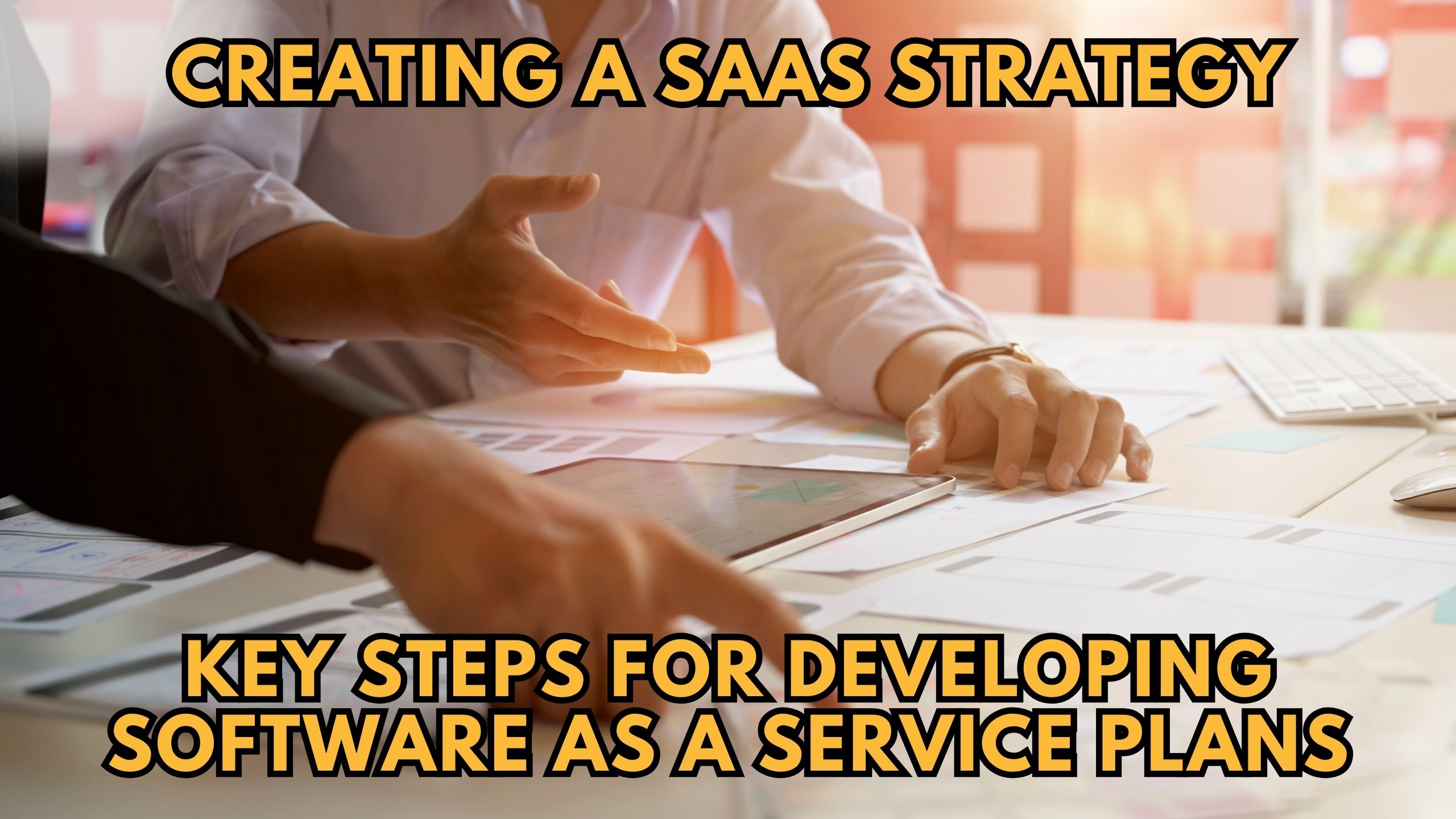Creating a SaaS Strategy: Key Steps for Developing Software as a Service Plans
- Expense Management Software Credit Cards Investing Business Solutions


Creating a SaaS Strategy: Key Steps for Developing Software as a Service Plans
In the ever-evolving realm of technology, crafting an effective Software as a Service (SaaS) strategy is paramount for businesses seeking to stay competitive. This blog meticulously explores the essential steps to develop a robust SaaS strategy, providing insights into key considerations and offering a roadmap for success.
1. Understanding Your Target Audience
A fundamental step in creating a SaaS strategy is identifying and understanding your target audience. Tailoring your SaaS offering to meet the specific needs and pain points of your audience enhances its relevance and adoption. Comprehensive market research is crucial in ensuring that your strategy aligns with the expectations and preferences of your intended users.
2. Emphasizing User Experience with UX/UI Design
User experience (UX) and user interface (UI) design play a pivotal role in the success of any SaaS product. Prioritize an intuitive interface, seamless navigation, and a positive overall user experience. Investing in UX/UI design not only attracts users but also contributes to higher retention rates, fostering a loyal user base.
3. Scalability for Future Growth
A successful SaaS strategy anticipates future growth and demands scalability. Ensure that your infrastructure and architecture are designed to handle increased user loads and additional features. Scalability is essential for accommodating business expansion and evolving customer needs without compromising performance or user satisfaction.
4. Implementing Robust Security Measures
Security is a top concern for businesses and users alike when it comes to SaaS solutions. Prioritize the implementation of robust security measures to protect user data and sensitive information. Incorporating encryption, secure authentication processes, and regular security audits instills trust and confidence in your SaaS product.
5. Continuous Innovation and Adaptation
The SaaS landscape is dynamic, with technological advancements occurring regularly. A successful SaaS strategy involves a commitment to continuous innovation. Regularly update your product with new features, improvements, and integrations. Adapting to emerging trends ensures that your SaaS offering remains competitive and aligns with the evolving needs of users.
Relevant SaaS Product Suggestions:
- UserTesting: Uncover valuable insights about your audience to inform your SaaS strategy.
- InVision: Elevate your SaaS product with cutting-edge UI/UX design for an enhanced user experience.
- AWS: Implement scalable solutions to accommodate your SaaS platform’s future growth.
- NortonLifeLock: Safeguard your SaaS product with state-of-the-art cybersecurity measures.
- TechCrunch: Stay ahead in the SaaS landscape by integrating innovative technologies into your product.
Conclusion: Paving the Way for SaaS Success
In conclusion, developing a SaaS strategy requires a holistic approach that considers the audience, user experience, scalability, security, and a commitment to innovation. By carefully navigating these key steps, businesses can create a SaaS strategy that not only meets the current market demands but also positions them for sustained success in the future.
Unlock the Power of SaaS with Subscribed.fyi
Empower your SaaS strategy with Subscribed.fyi, the ultimate platform for understanding, comparing, and managing your SaaS stack. Sign up today to unlock exclusive deals, streamline subscription management, and access comprehensive insights. Navigate the complexities of SaaS tools with ease and elevate your strategy to new heights.
Relevant Links:





